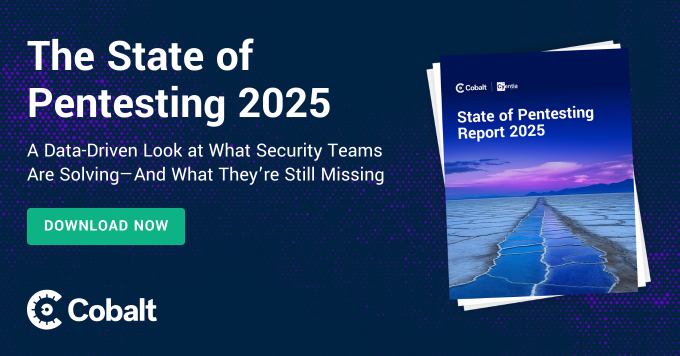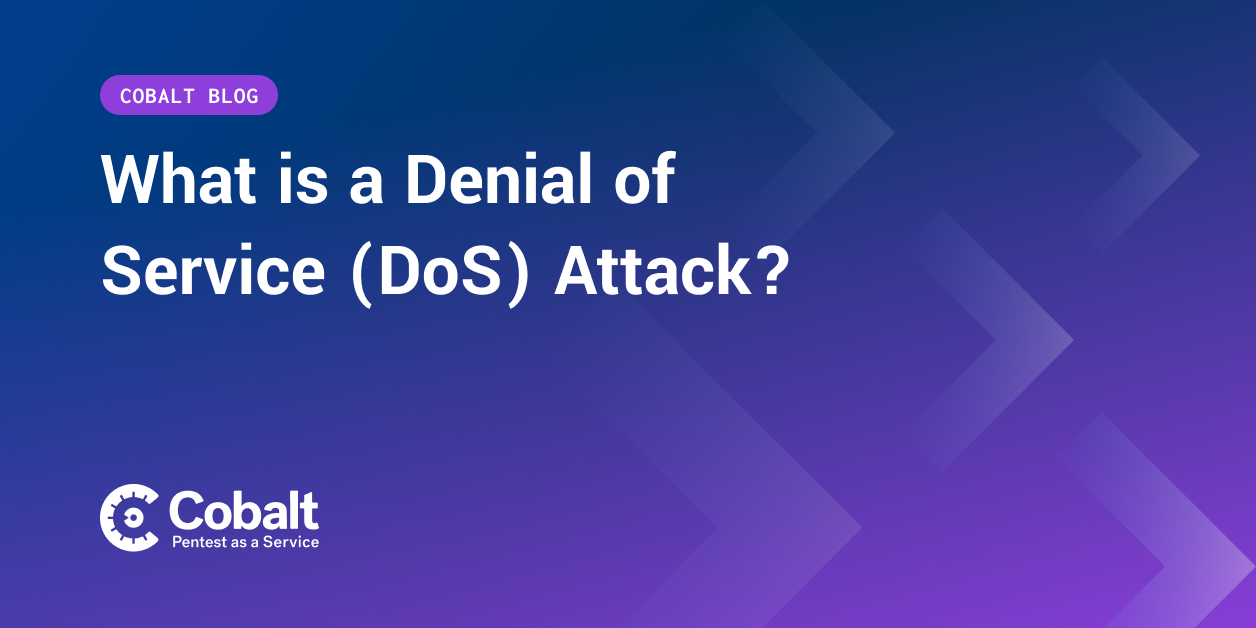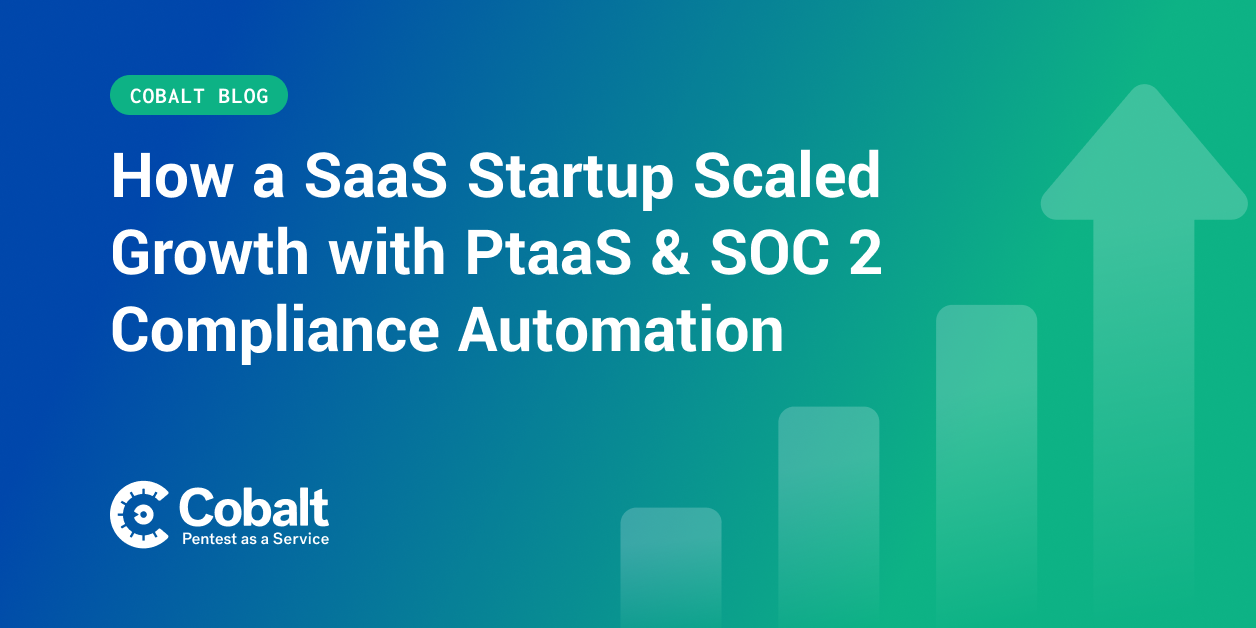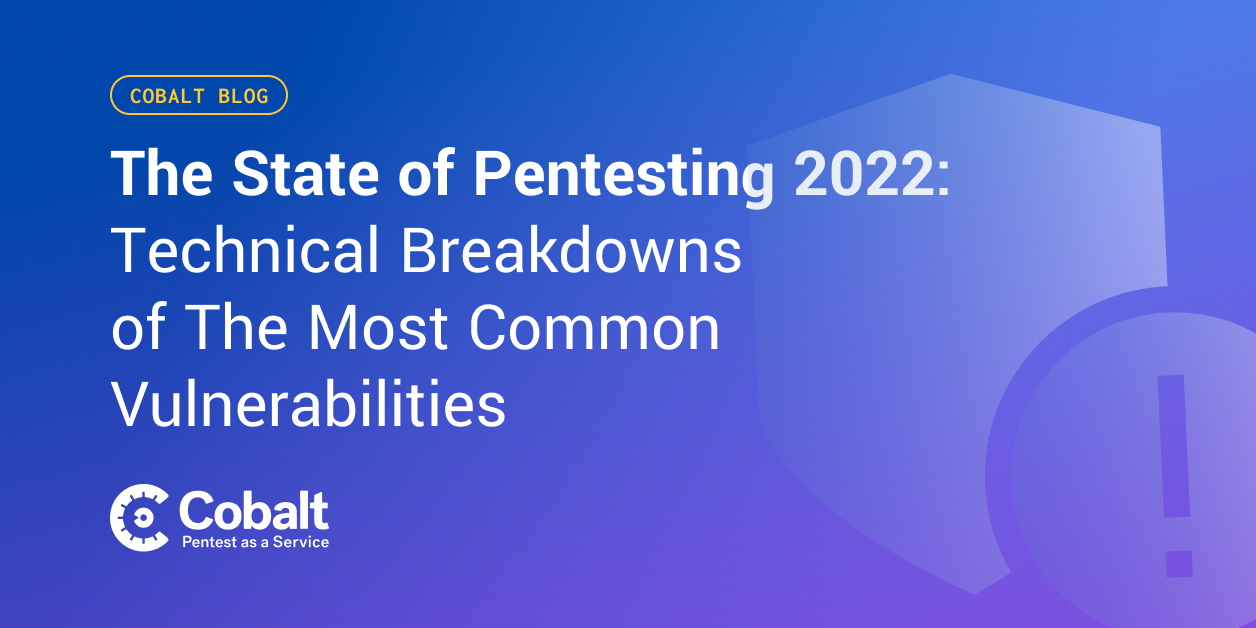What is a digital footprint?
Picture yourself walking through the snow or through the sand on a beach and looking back to see the trail of footprints behind you. These prints show each step of your journey along the way, indicating quite clearly where you’ve stepped.
If you’ve ever used the Internet or any online services, it’s more likely than not that you have a digital footprint. A digital footprint (also known as a cyber shadow or digital shadow) refers to the trail of data and information left behind by an individual or business, when browsing the Internet — sometimes referred to as “electronic breadcrumbs”.
Some examples of habits that leave a digital footprint include:
- Posting on social media
- Visiting websites & accepting website cookies
- Text messages, including deleted text messages
- Browsing history, even in “Incognito mode”
- Photos and videos,
- Signing up for an e-newsletter
- Filling out online forms
The imprint of a digital footprint gives hackers the opportunity to compromise valuable personal and business-critical information to make a well-thought-out attack. And, in today’s digital era, information is just a mere click away. Although it may seem harmless to browse online and occasionally offer your phone number, email address, or other personal information to a website, this creates a powerful entryway to a larger hack or breach.
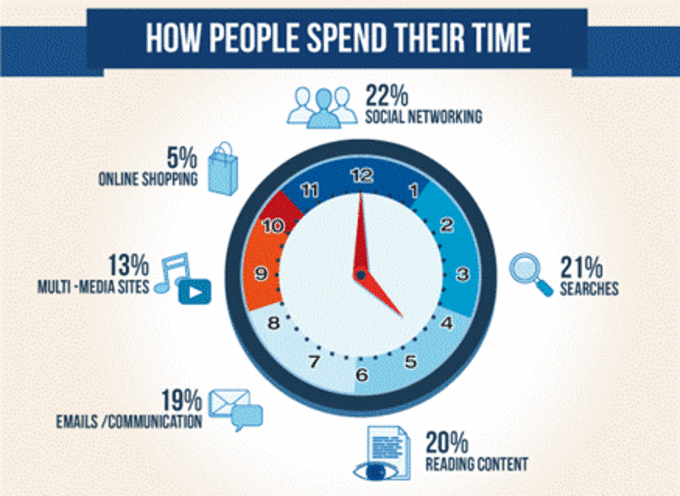
(Digital footprints and privacy concerns)
Relating Digital Assets to Digital Footprints
Digital assets can include text, images, and multimedia content “that is stored digitally and is uniquely identifiable that organizations can use to realize value.” (Gartner) Digital assets can be:
- Presentation decks
- PDFs
- Audio files
- Documents
- Spreadsheets
- Websites
- Logos
Both digital assets and footprints provide information about a person and/or an organization. Although this can be a positive in helping provide a better, more personalized online experience, this type of digital data also puts privacy and security at risk.
For example, digital assets and digital footprints can be used to bring in revenue without your intention. Companies are able to use digital footprints and digital assets to show specific advertisements based on-site visits, and increase costs based on people who have shown interest online.
Common Security Threats that Affect Your Digital Footprint
Gartner estimated companies will allocate over $133.7 billion to cybersecurity by 2022. (A New Cyber Vulnerability: Executive Digital Footprints)
It’s important to be aware of the security risks that can follow your digital identity. Here are a few of the most common security threats to look out for:
Malware
Hackers embed malware on devices to feed sensitive information back to them while monitoring online activity through a digital footprint. For example, social media platforms give hackers access to a network of contacts to compromise from hacking one’s social account.
Social Engineering
With ample personal information available online today, hackers have easy access to tracking behavioral patterns, interactions, interests, and more.
Social engineering attacks are a major threat as hackers are able to pull together the information they need to make a personalized, targeted attack based on social media information and more.
Deepfakes
Deepfakes are audio or video files that are AI-generated to impersonate a familiar person such as a family member, celebrity, or influential figure. Hackers are able to use this technique to extort money and create conflict based on online behavior patterns and people and/or topics of interest.
Also, keep in mind:
- Identity theft and fraud are the most troubling issues for 72% of US Internet users.
- 18% of countries have no regulations on data protection.
- 67% of Internet users worldwide are more concerned with their online privacy than they’ve ever been. (18 Chilling Privacy Statistics in 2022)
Digital Footprint in Cybersecurity
The actions you take each day add to your digital footprint data. Examples include shopping data, financial data, social data, news data, health & wellness data, and more. When it comes to protecting yourself and your organization against cybercrime, here are 5 tips on how to protect your digital footprint in cybersecurity:
1. Use privacy settings Utilizing privacy setting gives you more control over the personal data you disclose and what is collected on your devices.
2. Be cautious of the personal information you share online Keeping your personal information secure is important for preventing identity theft. Sharing this type of information is a gateway to finanical records, medical records, credit information, and more.
3. Avoid linking your Social Media accounts to third-party websites Third-party sites can easily gather and store personal information, so when linking two accounts, the pool of data for hackers to exploit becomes greater.
4. Frequently update your software and passwords Remember to update your software regularly to fix bugs, crashes, and improvements based on recent cyber threats and attacks. This can protect your devices just like updating passwords frequently to prevent hackers from knowing how to access your accounts if one password is guessed.
5. Don’t enter personal information when using public WiFi When connected to public WiFi without taking percautions, information is easily accessible to hackers with a few simple software tools. Passwords and other personal information shouldn’t be entered on an unsecure network to avoid being compromised.
As an individual and as an organization, it’s important to take control of your online presence early to secure your digital footprint against hackers. Every security effort counts. Cobalt’s Pentest as a Service (PtaaS) platform can mature your security program through a scalable, data-driven approach to pentesting to remediate security risks smarter. Learn more about modern pentesting for security and development teams.





